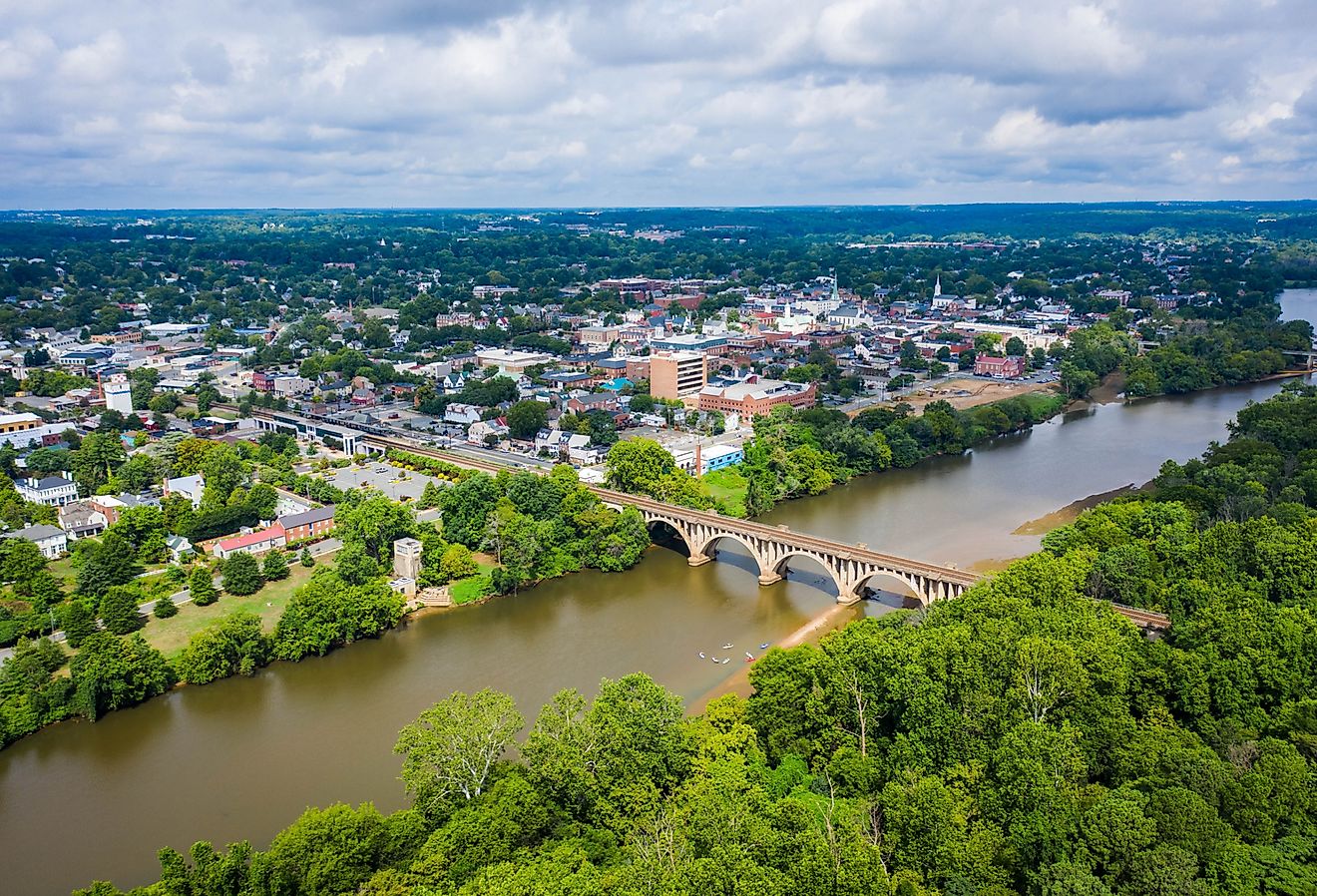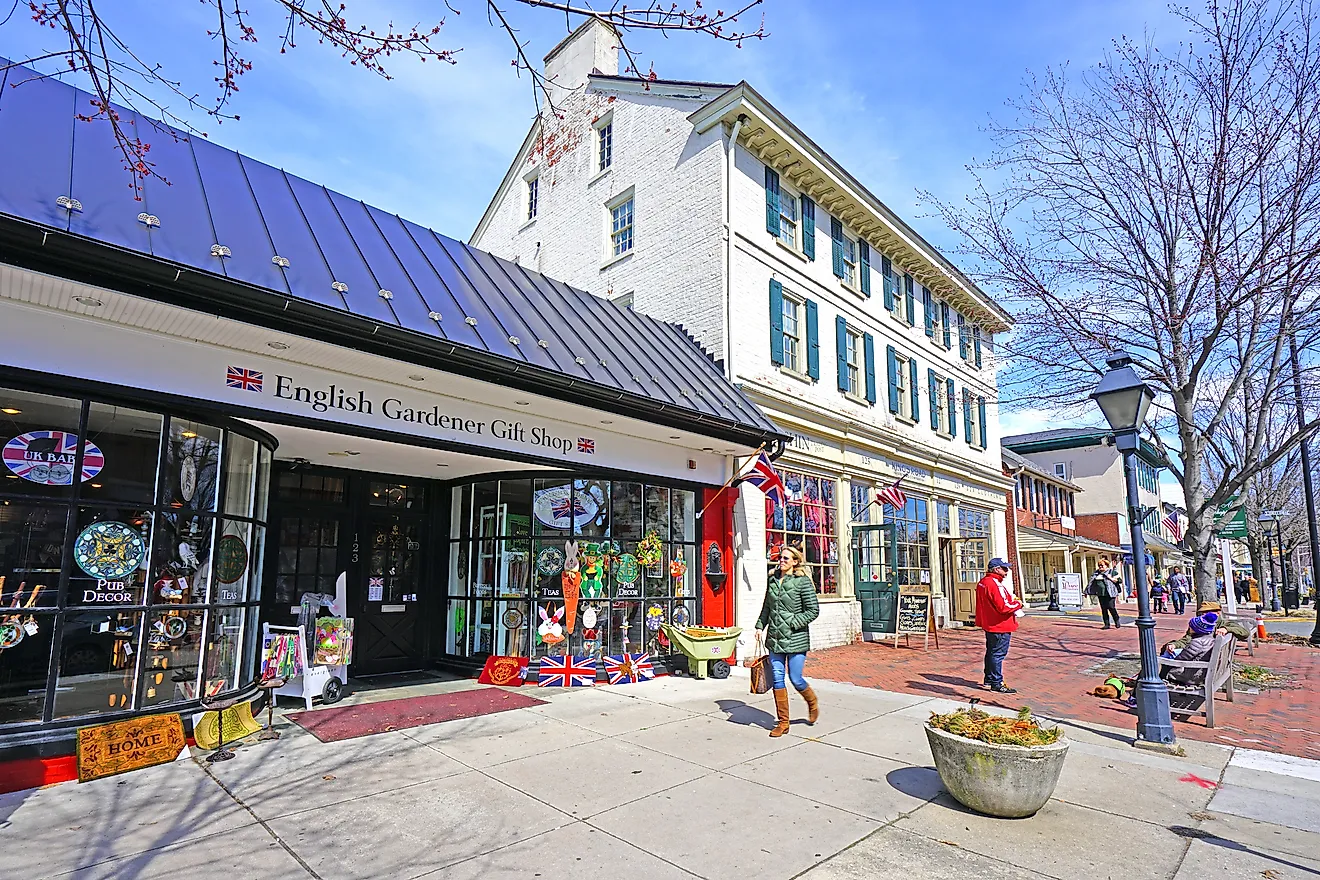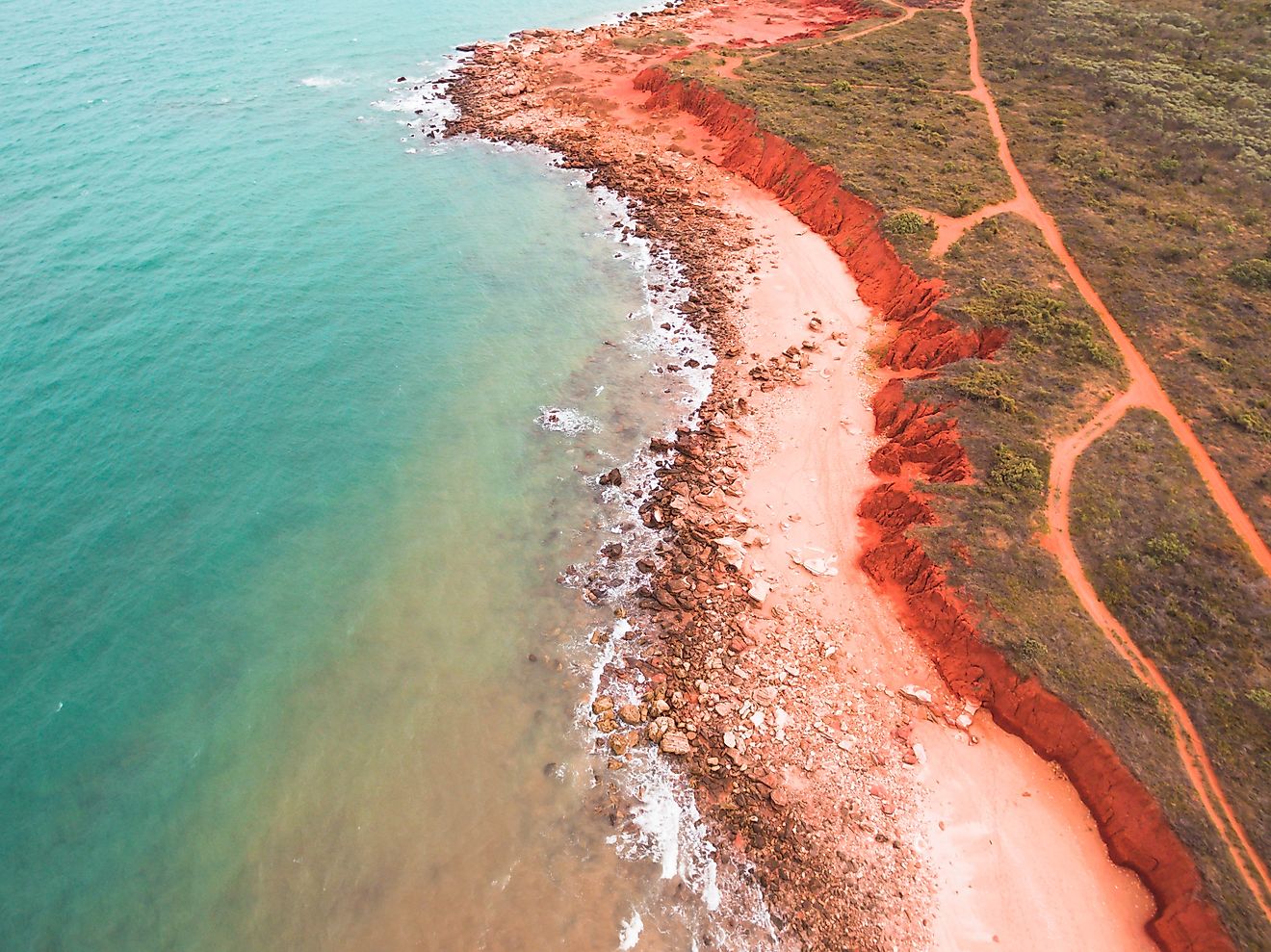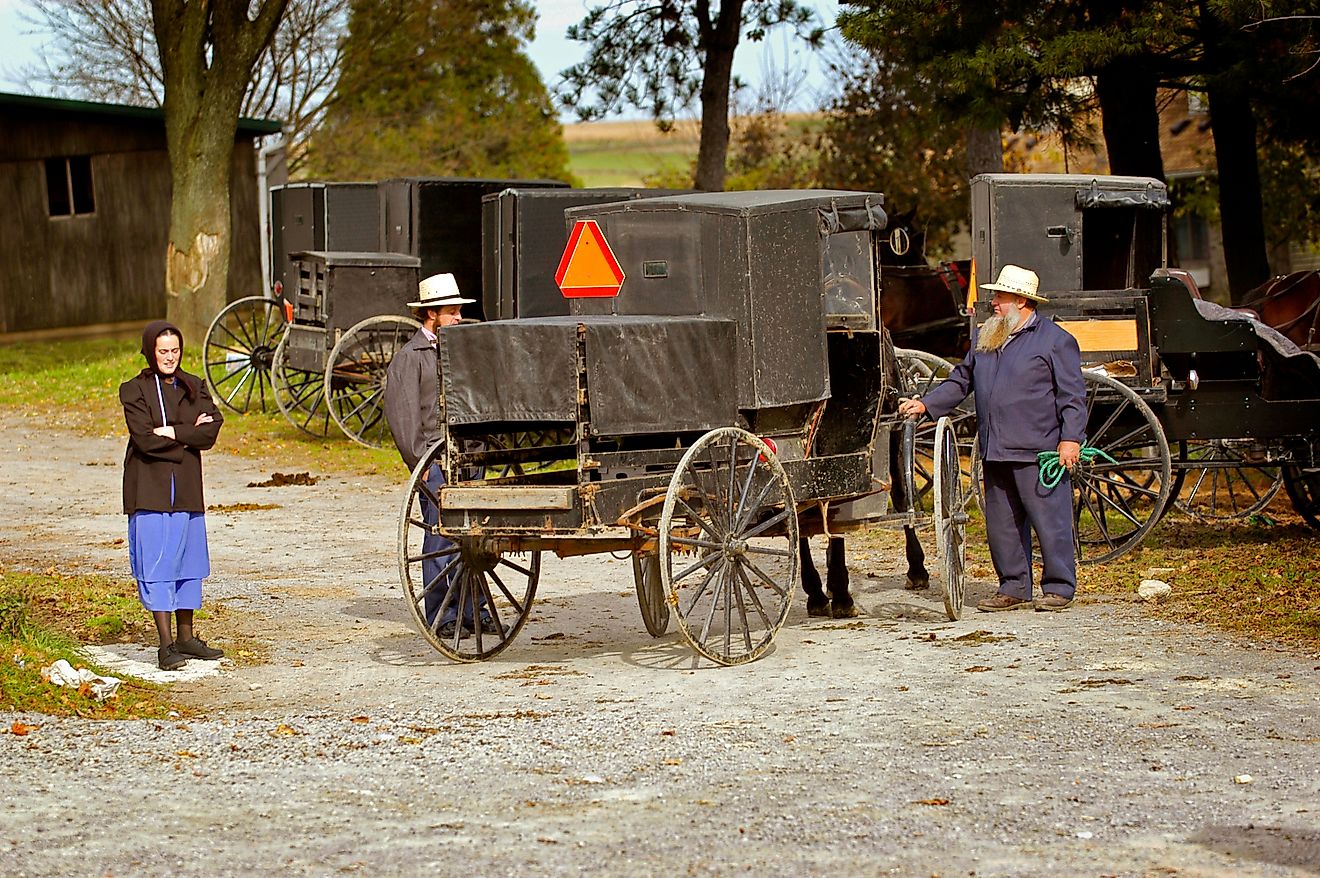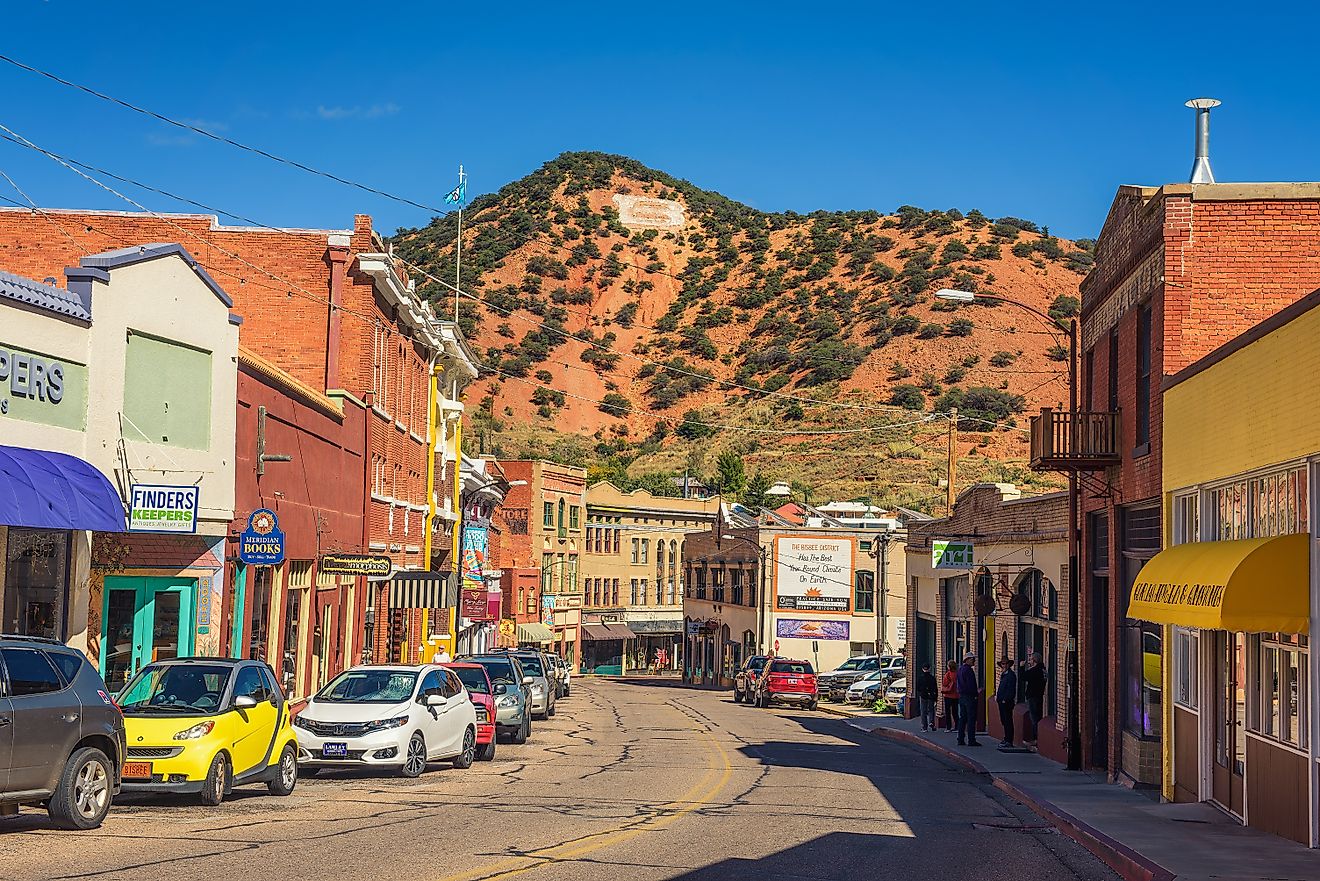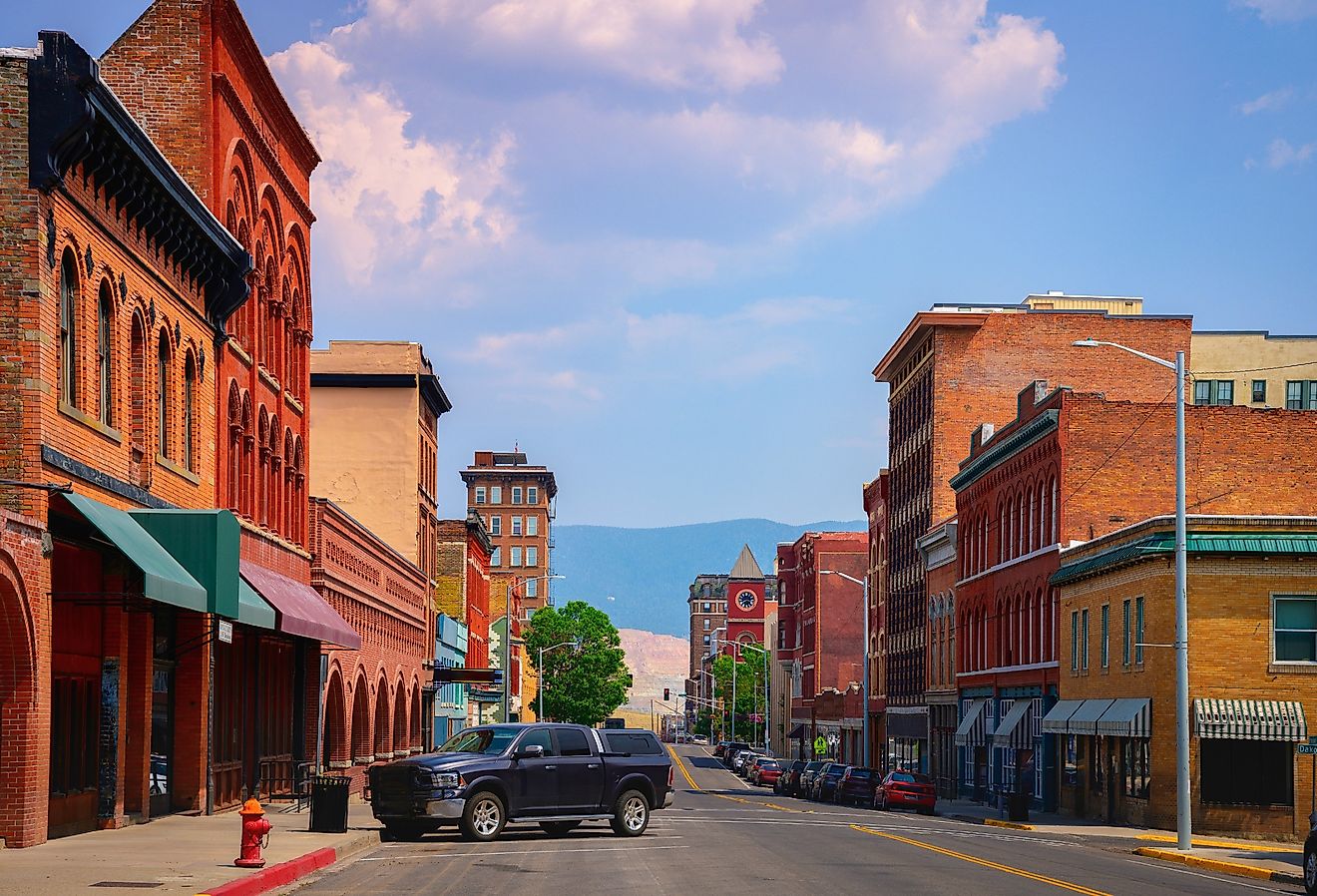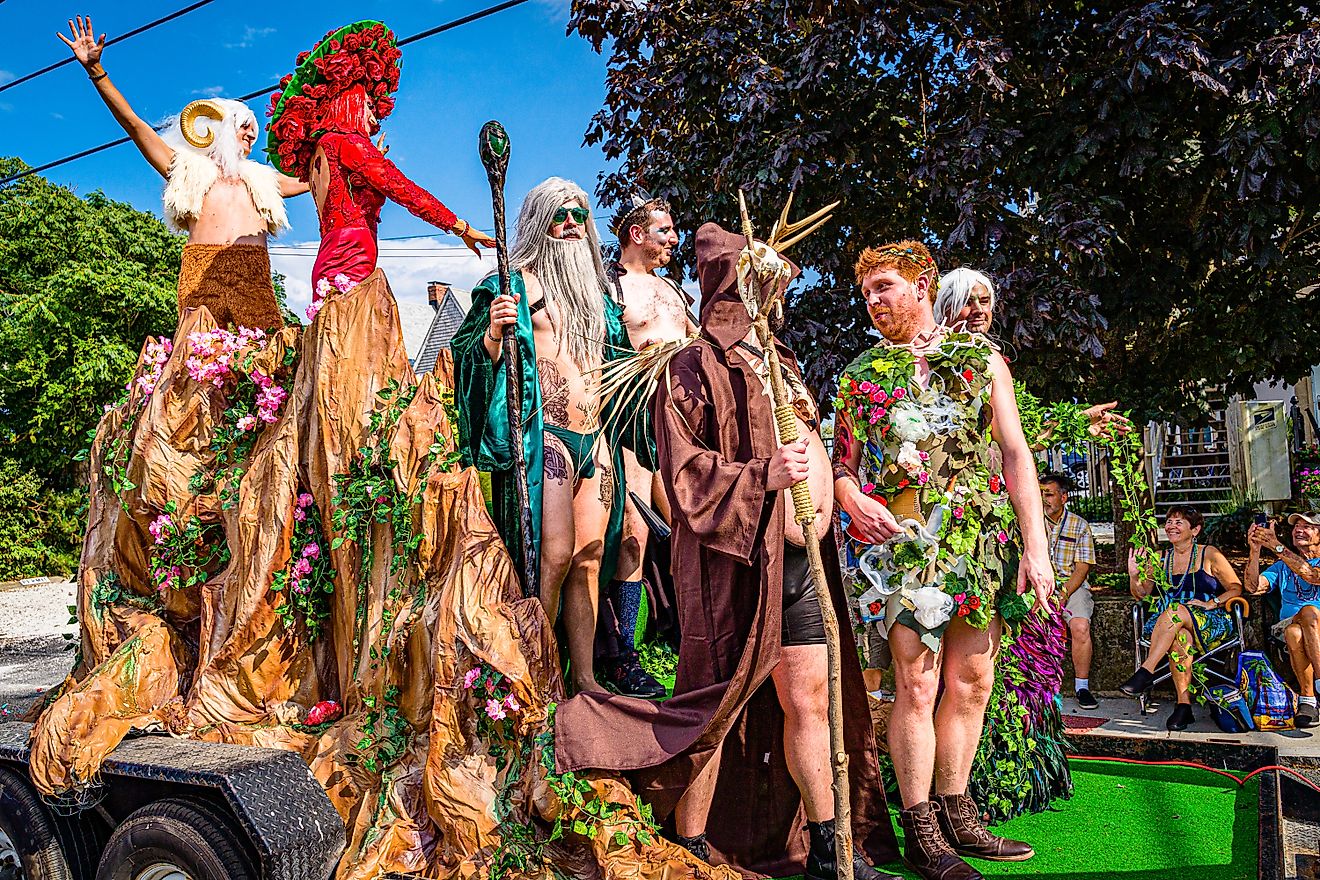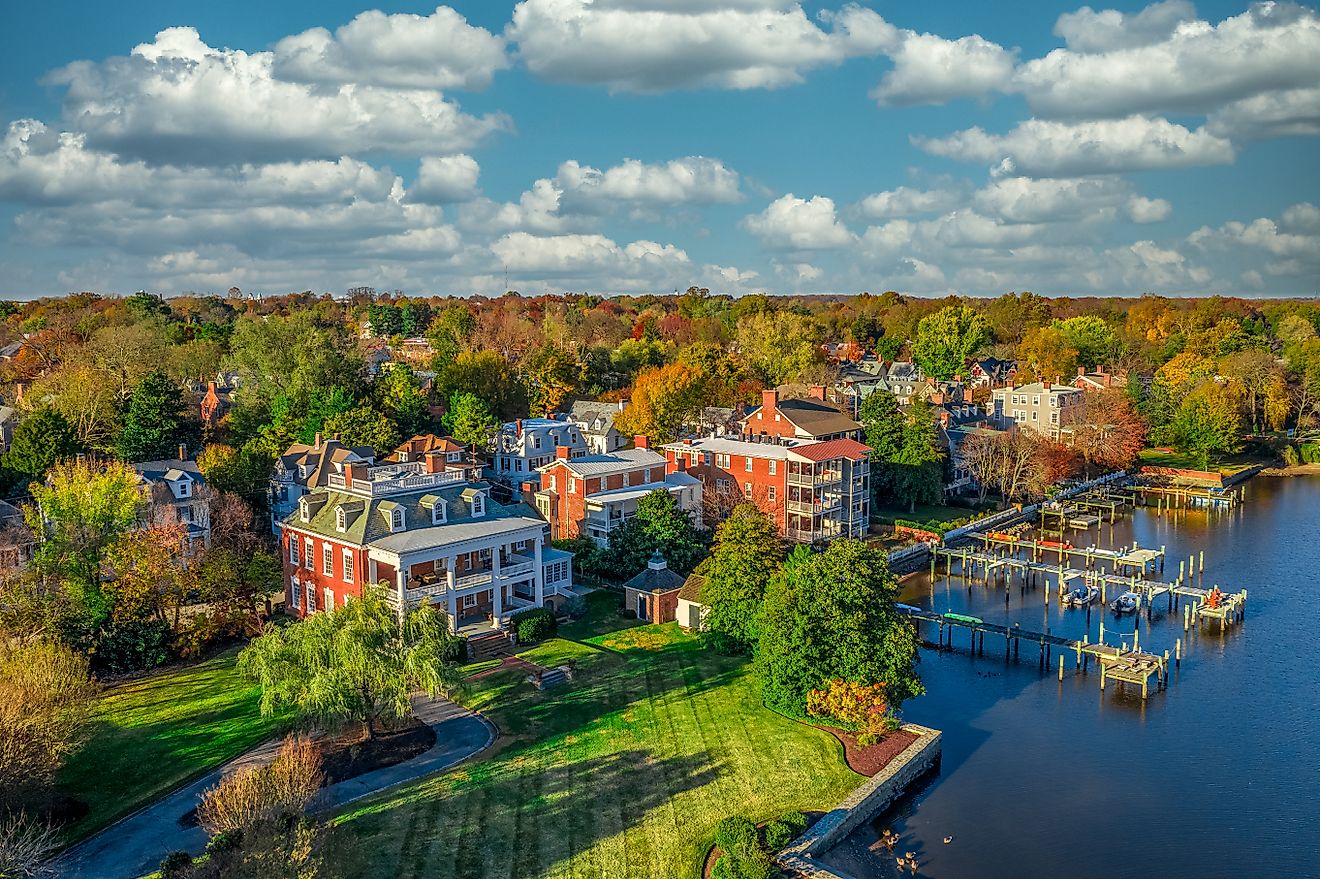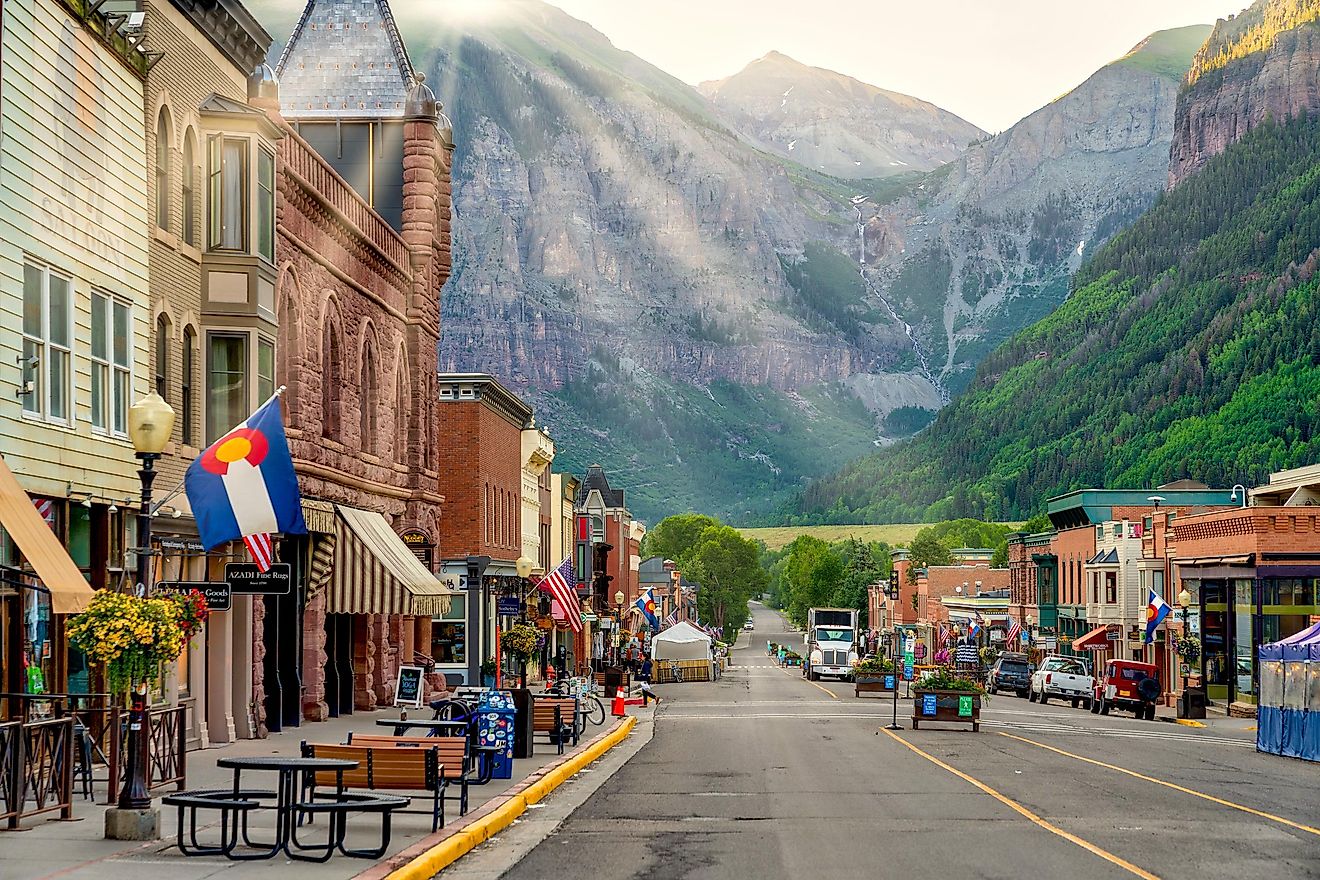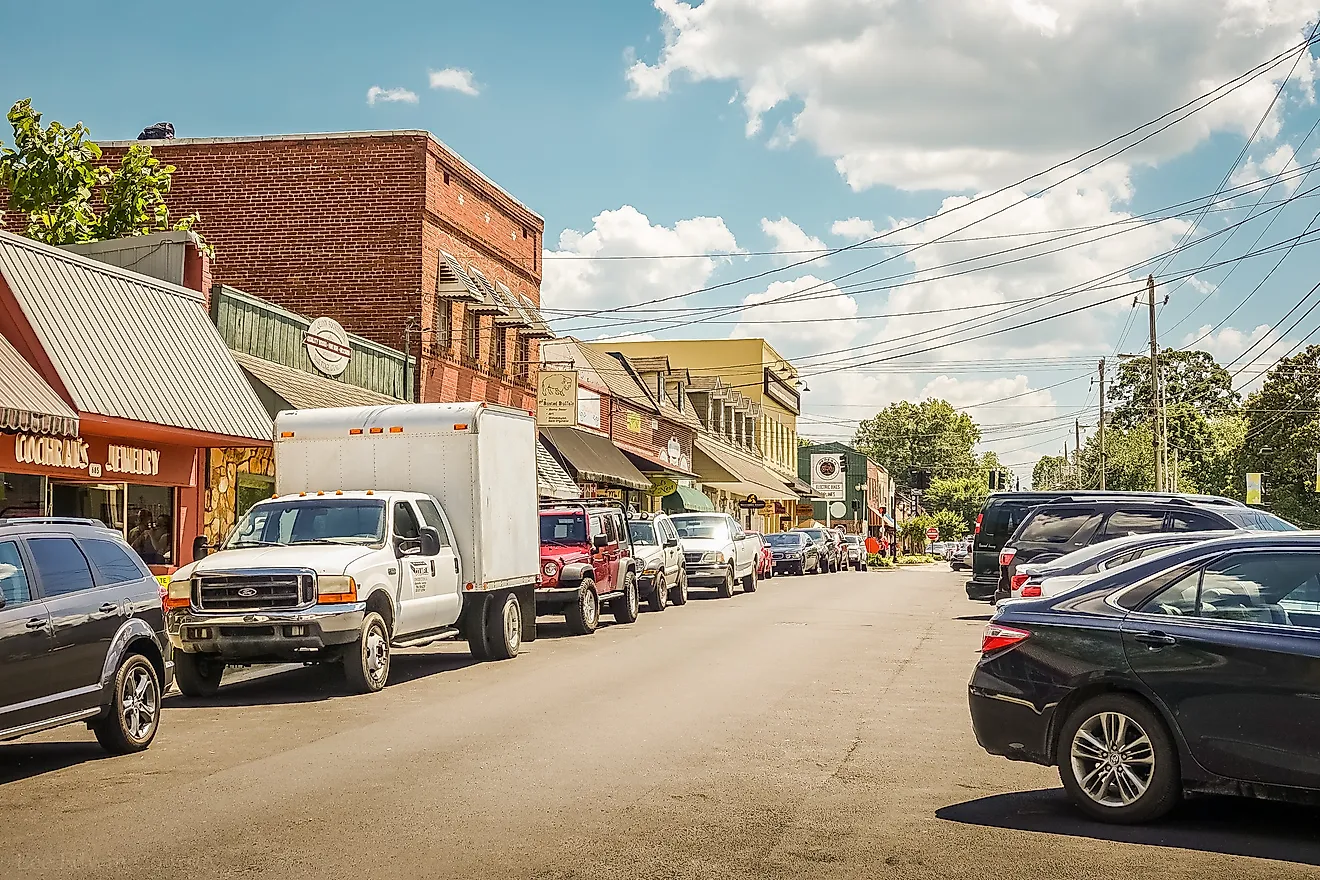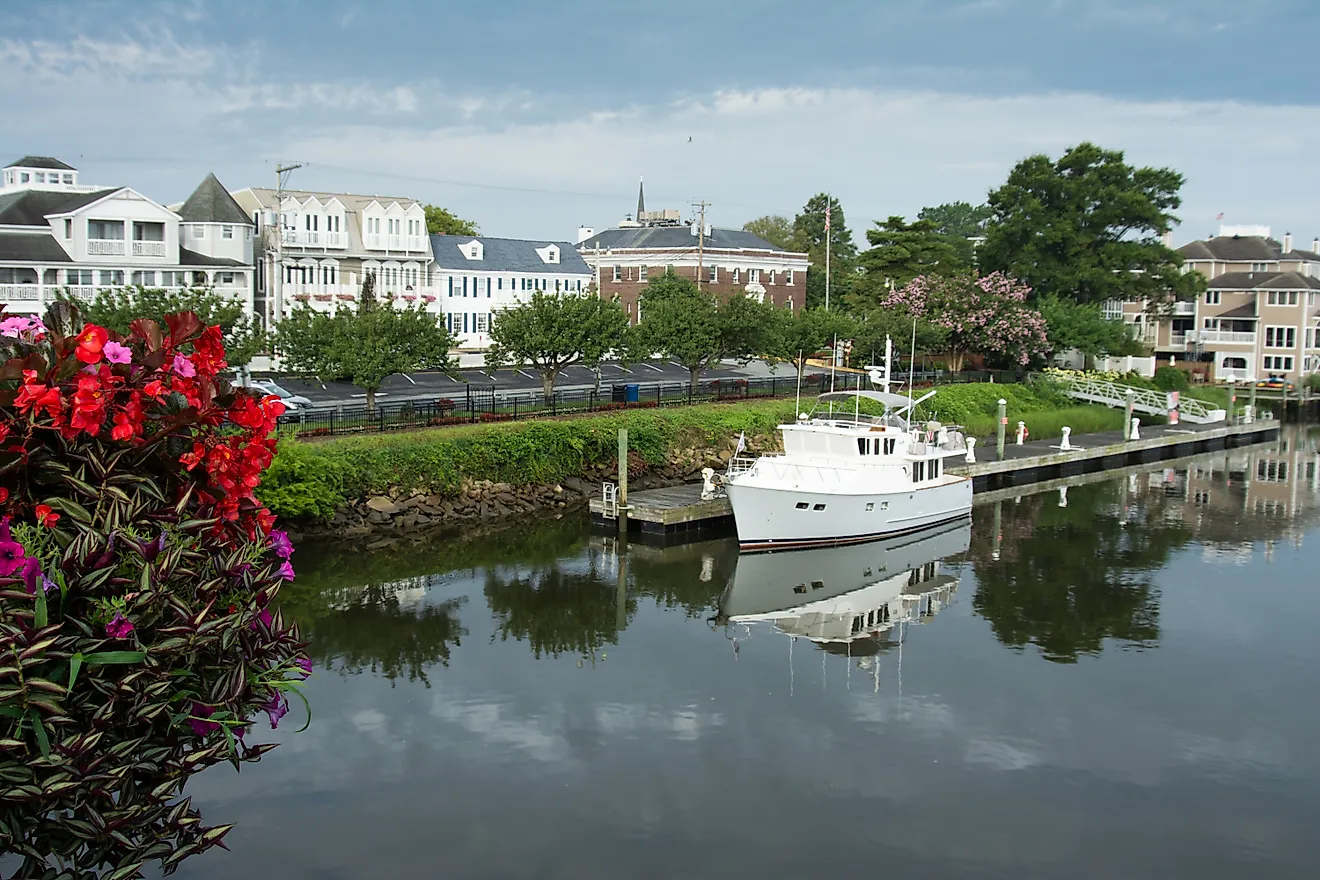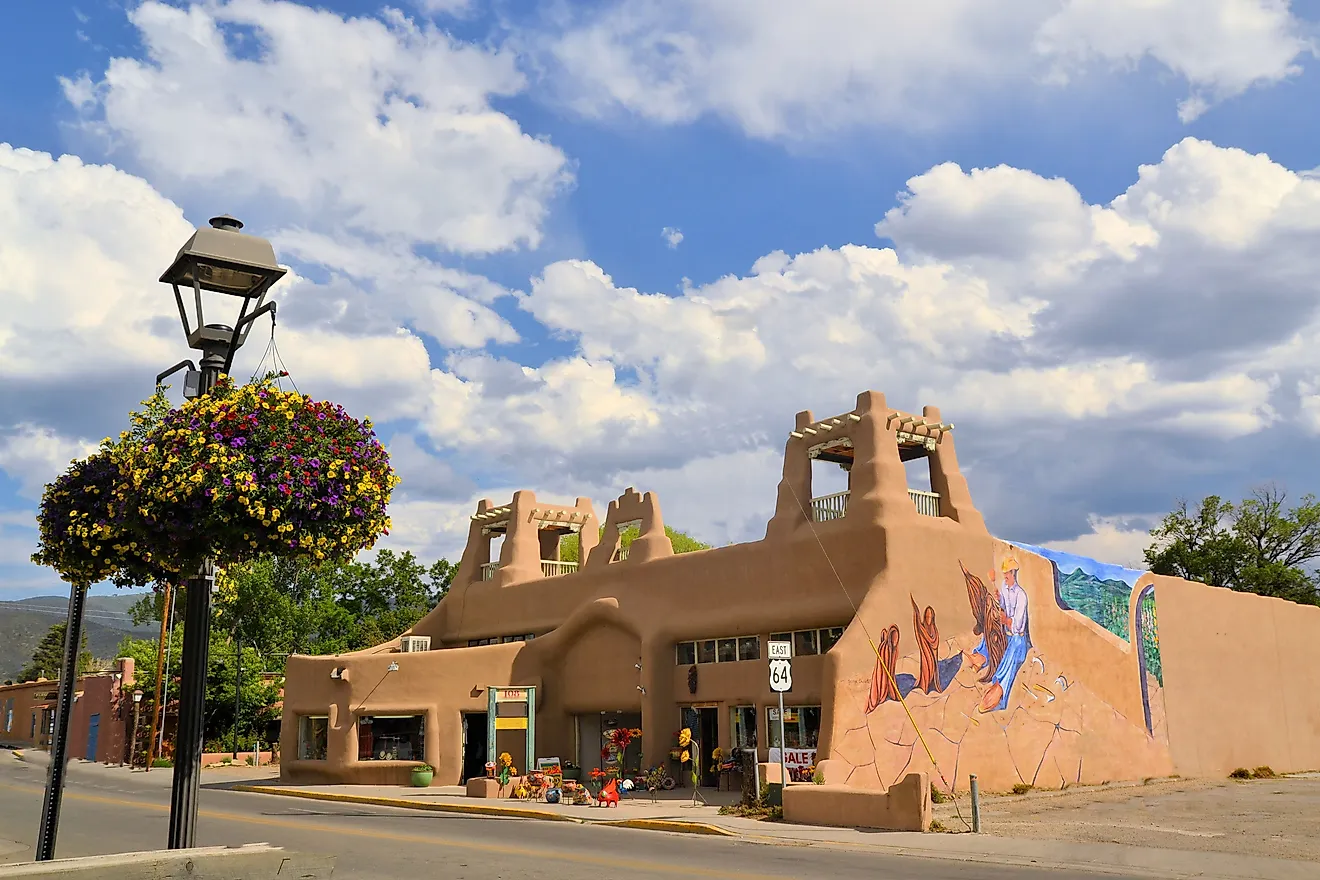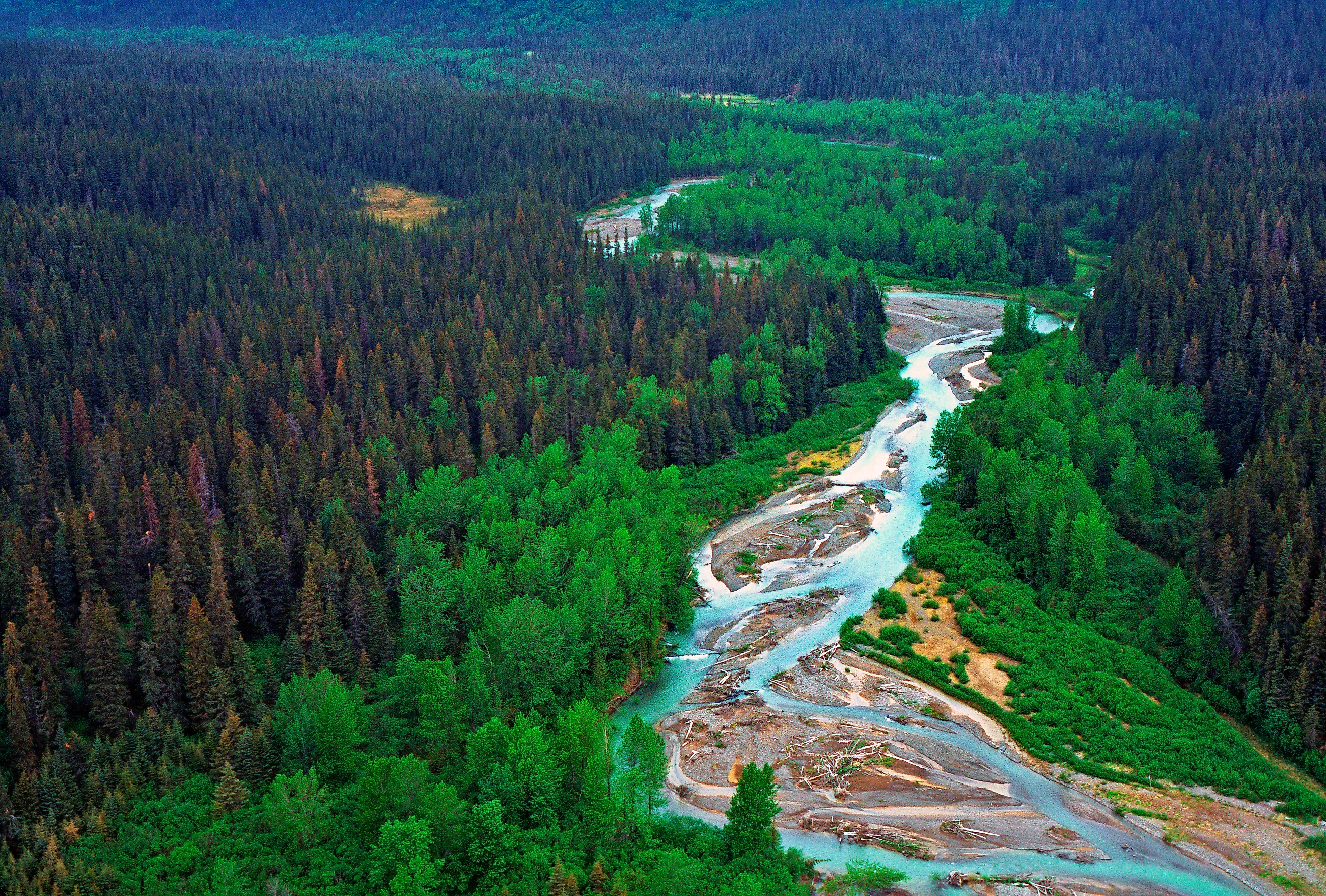
Lake Clark National Park and Preserve, With Its Bears, Salmon, Volcanoes, And Turquoise Lakes
Alaska is so much more than Arctic tundra. In the minds of many travelers, the largest U.S. state is a frozen, barren expanse of ice-choked wilderness. Others may imagine totem poles or bears waiting atop waterfalls to catch migrating salmon. Few imagine anything like what you’ll really find at Lake Clark National Park.
Alaska is home to the second-most National Parks of any U.S. state, at a whopping eight sprawling natural wonderlands. Some of these have name recognition: Denali National Park is home to the highest mountain in North America, and Katmai National Park is world-famous for its grizzly bears. But Lake Clark flies thoroughly under the radar.
There are no roads into the park. No cruise ship will ever stop anywhere near it. And its landscape is so fascinatingly varied that you might just leave it seeing Alaska with entirely new eyes.
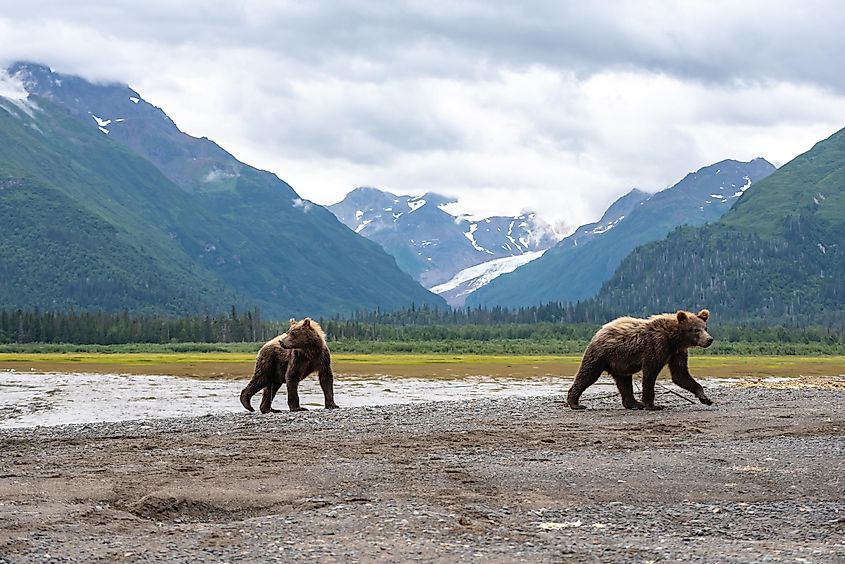
Park Basics: What & Where
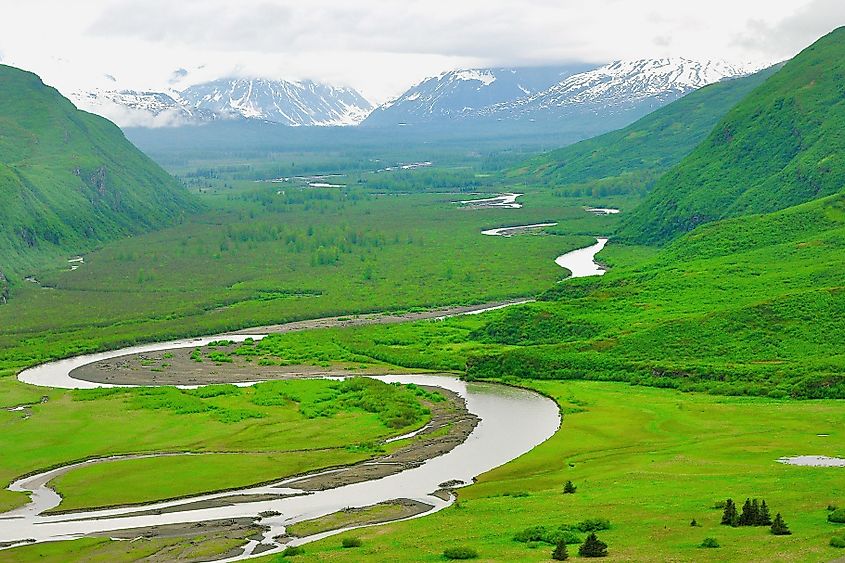
For all its isolation (it can only be reached by boat or seaplane), Lake Clark National Park is actually not as far from civilization as you might expect. It’s only about a hundred miles south of Anchorage — and by Alaska standards, that’s not very far! It’s the lack of road access that makes Lake Clark seem so remote. That, and its extremely low annual visitor count.
Less than 20,000 visitors make their way out to Lake Clark National Park every year, and if you want to spend any time on the ground in the park, you’ll have to make arrangements with an air taxi or charter boat company for drop-off and pickup. Given the logistical hurdles involved in reaching the park, it’s no surprise that fly-over tours are among the most popular ways to see it.
Geographically, diversity is the name of the game at this park. Stretching 5,625 square miles inland from the coast where the park meets the icy waters of the Cook Inlet, it’s a sprawling expanse of just about every ecosystem Alaska has to offer. Three nationally-designated Wild and Scenic Rivers flow through its boundaries; two active volcanoes within park boundaries have erupted in the past handful of decades; both tundra and boreal forest are found in different areas of the park. And, of course, there’s the titular Lake Clark, a turquoise glacial lake so stunning it gave the park its name.
There’s one catch, though: none of that diverse scenery can be explored behind the wheel. Lake Clark’s total lack of roads necessitates walking, paddling, rafting, or flying over the park if you want to witness its vast and varied landscapes. No scenic drives to be had here - a large number of the park’s visitors are “flightseers” who book day trips on seaplanes to view Lake Clark’s substantial grizzly bear population from above.
Oh, and we can’t introduce Lake Clark National Park without talking about the salmon. Not only is the park’s Bristol Bay area one of the most important salmon fisheries in the state, but its major rivers are also vital migratory corridors for many species of salmon. It’s because of this abundance of fish that Lake Clark’s famous bear population sticks around.
History of Lake Clark National Park
In the 21st century, Lake Clark National Park’s location off the state’s major road networks makes it seem dauntingly inaccessible. This was hardly the case when travel on foot was the only option: to the native Dena’ina, Sugpiaq, and Yupik peoples of this region, the land that is now Lake Clark National Park has always been a place of plenty.
Far from barren wilderness, it contained some of the most abundant river basins in Alaska, and the park’s Ancestral Telquana Trail is part of a network of trails that has linked those headwaters to the Alaskan interior for hundreds of years.
It was this abundance, and the existence of well-trodden trade routes, that made the Lake Clark National Park area appealing to European and American fur traders in the 19th and 20th centuries. Today, it’s a popular backpacking route among the especially intrepid, but until the mid-20th century, it was a vital artery of the fur trade in the region.
Indeed, the fur trade wove many threads into the tapestry of this region’s past: early-arriving Russian fur traders are the reason that southwest Alaska has a disproportionately large Russian Orthodox population, and when Alaska was sold to the United States in 1867, many who arrived in the newly-minted U.S. territory came in search of furs.
The park’s history as a unit of the National Park Service, on the other hand, is much more recent. In 1978, several of what are now National Parks in Alaska were set aside as public lands and became fully-fledged National Parks in 1980. Thanks to its ecological diversity and importance to the state’s salmon fisheries, Lake Clark was one of those new additions.
What Sets Lake Clark National Park Apart?
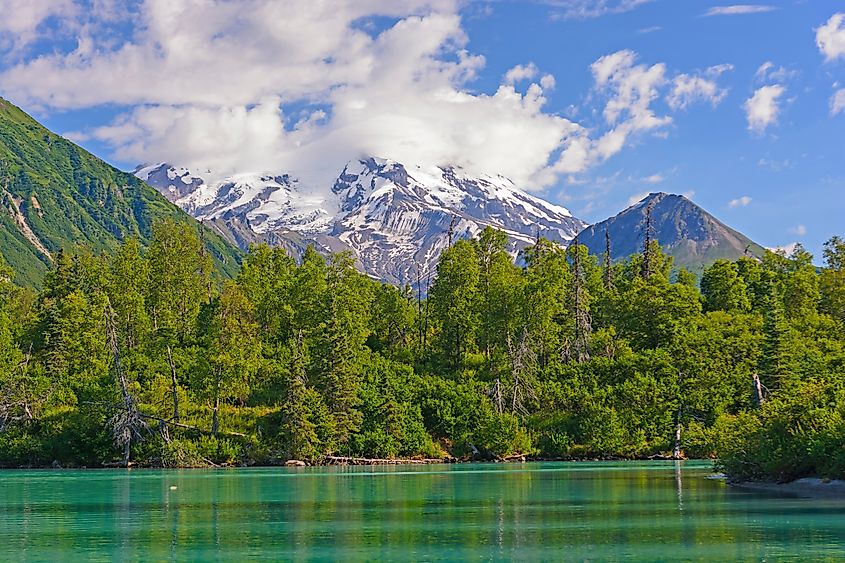
When you’re talking about Alaska, bringing up the size of anything quickly becomes redundant. Texans may think everything is bigger in their home state, but in Alaska, it’s a given that everything will happen on a much larger scale. So to say that Lake Clark, the fifth-largest National Park in the U.S., is noteworthy for its size would be a bit redundant. After all, the top four are all in Alaska, too.
What sets this park apart is its amazing diversity of landscapes. Of the five bioregions found in Alaska, this single park contains four. Nearly every iconic Alaskan species, from the sockeye salmon to the grey wolf, can be found in the park’s borders (or at least on its coast). It’s rare to find such a thorough microcosm of a state so expansive.
From the glacial waters of Lake Clark to its wildlife-rich salt marshes, Lake Clark National Park unites volcanoes, salmon surges, and turquoise backcountry lakes. It’s the snowglobe version of Alaska, where the mountains, tundra, forest, coastline, and wetlands that characterize different parts of the state all come together as one. Here, at the meeting of two tectonic plates, the active volcanoes Illiamna and Redoubt keep the park rumbling with life — Redoubt has erupted four times since the turn of the 20th century, a rarity among National Parks. Oh, and it’s close enough to the state’s largest city for a day trip.
That said, it can be daunting to decide which parts of this sprawling park to prioritize. And while you’ll get a little bit of everything while you’re flying in, it’s wisest to put a pin in a few of the most iconic spots to focus your boots-on-the-ground efforts.
On the coast, Silver Salmon Creek is as good a place to spot bears as it sounds. The turquoise, mountain-rimmed Twin Lakes offer stunning evidence of the role of glaciers in shaping this region. Remote Crescent Lake is a must for fishing and bear-viewing, though its location necessitates very careful planning. And those who are interested in the park’s people as well as its wilderness can stop by the cabin of outdoorsman Richard Proenneke, whose records of the years he spent residing in the park put this far-flung wilderness on the map.
Things to Do
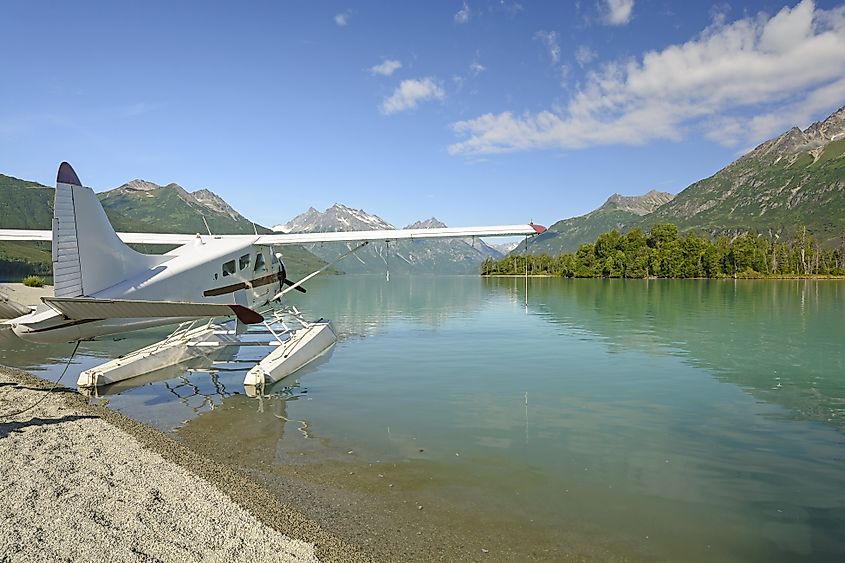
What you’ll do in Lake Clark National Park depends heavily upon the amount of effort you’re willing to put into getting there.
For many visitors, the idea of trekking into the backcountry is daunting, so a fly-over tour or an organized bear-watching excursion is the most appealing option. If your visit coincides with the salmon run in the summer months (and, given the weather conditions at Lake Clark National Park outside of summer, it likely will), this is one of the most exciting introductions to the park you could hope for. But it’s far from the only thing to do if you’re willing to be a little bit more adventurous.
Firstly, Lake Clark National Park is perhaps the most spectacular park in the whole system if you’re an angler. Yes, there’s the salmon run — but there’s also the laundry list of big-ticket freshwater species that make their homes in the park’s pristine rivers. Local resorts will facilitate fishing trips into Lake Clark National Park to reel in trout, greyling, and just about any other species you could hope to catch on your Alaskan angling tour. Hit Silver Salmon Creek to do your fishing in the company of the grizzly bears who turn up every summer to take advantage of the salmon run.
Hiking is also an option many take advantage of. And while the 8.6-mile Tanlian Mountain trail or the multi-day backcountry trek along the Ancestral Telaquana Trail might be perfect for true outdoor obsessives, there are plenty of lower-commitment hikes in the park as well. Try the 5.5-mile round-trip trail to beautiful Kontrabushina Lake on for size — you don’t need to sink a whole day into a single hike to get some spectacular views here. Also very popular is the 4-mile hike to Tanlian Falls, described by many as a park highlight.
And since most of Lake Clark National Park is trail-free, backcountry hikers are free to roam and camp out wherever they’d like - just be vigilant, because this is bear country if any place ever was.
Finally, kayaking enthusiasts will be happy to know that there are few places in Alaska — or anywhere else — with more space to paddle. Since it can be difficult to get bulky kayaking gear to the park on a bush plane, guided paddle trips are highly recommended. You can also charter a motorboat on Lake Clark.
Conclusion: A ‘Little Alaska’
Mention Lake Clark National Park in conversation, and all but the most avid outdoor enthusiasts will likely draw a blank. Despite its relatively close proximity to Anchorage, it gets very little attention, which is a crying shame. No place is a better introduction to the Alaskan wilderness, and with nearly everything visitors cherish about the Last Frontier in one place, it offers endless opportunities to explore, discover, and connect with one of the last truly wild places in the United States.
